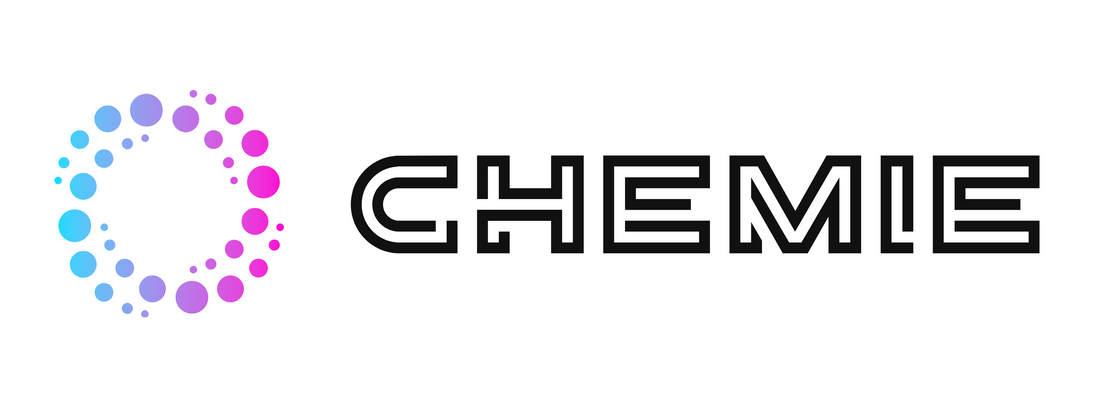7 Simple Techniques For Chemie
Table of ContentsRumored Buzz on ChemieMore About ChemieThe Ultimate Guide To ChemieThe Chemie StatementsA Biased View of ChemieWhat Does Chemie Do?
By Bojanna Shantheyanda, Sreya Dutta, Kevin Coscia and David SchiemerDynalene, Inc. Liquid air conditioning, which can be achieved making use of indirect or direct methods, is made use of in electronic devices applications having thermal power thickness that may surpass risk-free dissipation via air cooling. Indirect fluid cooling is where warm dissipating electronic components are literally divided from the liquid coolant, whereas in case of direct air conditioning, the parts are in straight call with the coolant.In indirect cooling applications the electric conductivity can be essential if there are leakages and/or spillage of the liquids onto the electronics. In the indirect air conditioning applications where water based fluids with rust preventions are generally used, the electric conductivity of the fluid coolant primarily depends on the ion concentration in the liquid stream.
The rise in the ion concentration in a shut loop liquid stream might take place due to ion leaching from metals and nonmetal components that the coolant fluid touches with. During operation, the electrical conductivity of the fluid may increase to a degree which could be harmful for the air conditioning system.
The Definitive Guide to Chemie
(https://blogfreely.net/chemie999/dielectric-coolant-a-game-changer-in-heat-transfer-fluids)They are bead like polymers that are capable of exchanging ions with ions in an option that it touches with. In today work, ion leaching tests were executed with various metals and polymers in both ultrapure deionized (DI) water, i.e. water which is dealt with to the highest degrees of purity, and reduced electrical conductive ethylene glycol/water blend, with the determined change in conductivity reported with time.
The samples were permitted to equilibrate at space temperature for 2 days before taping the preliminary electric conductivity. In all examinations reported in this study liquid electrical conductivity was determined to an accuracy of 1% making use of an Oakton CON 510/CON 6 collection meter which was adjusted before each measurement.
An Unbiased View of Chemie
from the wall home heating coils to the center of the furnace. The PTFE sample containers were positioned in the heater when stable state temperature levels were gotten to. The test arrangement was eliminated from the furnace every 168 hours (7 days), cooled down to area temperature with the electric conductivity of the fluid determined.
The electric conductivity of the liquid example was checked for a total of 5000 hours (208 days). Schematic of the indirect closed loophole cooling down experiment set up. Components used in the indirect shut loop cooling experiment that are in contact with the fluid coolant.

3 Easy Facts About Chemie Described
During operation the fluid storage tank temperature level was preserved at 34C. The change in liquid electric conductivity was kept track of for 136 hours. The fluid from the system was collected and kept. In a similar way, shut loophole test with ion exchange resin was executed with the very same cleaning procedures utilized. The initial electric conductivity of the 230ml UP-H2O in the system gauged 1.84 S/cm.

0.1 g of Dowex resin was included in 100g of fluid examples that was absorbed a different container. The combination was mixed and change in the electric conductivity at room temperature level was gauged every hour. The measured change in the electric conductivity of the UP-H2O and EG-LC test liquids having polymer or metal when engaged for 5,000 hours at 80C is shown Number 3.
The 20-Second Trick For Chemie
Ion seeping experiment: Measured change in electric conductivity of water and EG-LC coolants having either polymer or steel samples when submersed for 5,000 hours at 80C. The outcomes show that metals contributed less ions into the liquids than plastics in both UP-H2O and EG-LC based coolants.
Liquids including polypropylene and HDPE exhibited the cheapest electric conductivity modifications. This can be as a result of the brief, stiff, direct chains which are much less likely to add ions than longer branched chains with weak intermolecular forces. Silicone likewise executed well in both examination fluids, as polysiloxanes are generally chemically inert as a result of the high bond energy of the silicon-oxygen bond which would certainly prevent Discover More Here destruction of the material into the liquid.
Chemie - Truths
It would certainly be anticipated that PVC would create comparable results to those of PTFE and HDPE based upon the similar chemical structures of the products, nevertheless there might be various other pollutants existing in the PVC, such as plasticizers, that might influence the electrical conductivity of the liquid - high temperature thermal fluid. Furthermore, chloride teams in PVC can additionally leach into the test liquid and can cause a boost in electric conductivity
Polyurethane entirely broke down into the test fluid by the end of 5000 hour test. Prior to and after pictures of metal and polymer samples immersed for 5,000 hours at 80C in the ion leaching experiment.
Measured change in the electrical conductivity of UP-H2O coolant as a function of time with and without resin cartridge in the closed indirect cooling loophole experiment. The gauged change in electrical conductivity of the UP-H2O for 136 hours with and without ion exchange material in the loophole is received Figure 5.